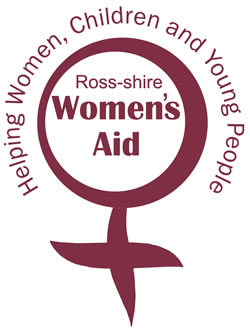Sexting Research
19 July 2012The NSPCC commissioned reserach study to improve our understanding of sexting and the use of mobile technology by young people.
The findings reveal that sexting does not refer to a single activity but covers a range of activities experienced by young people.
The top messages from the research are:
- the primary technology-related threat comes from peers, not ‘stranger danger’
- sexting is often coercive
- girls are the most adversely affected
- technology amplifies the problem by facilitating the objectification of girls
- sexting reveals wider sexual pressures
- ever younger children are affected
- sexting practices are culturally specific
- more support and resources are vital to redress the gendered sexual pressures on young people.
The research also sets out recommendations for schools, parents, internet service and site providers, child welfare professionals and future research.
Ringrose, Jessica, Gill, Rosalind, Livingstone, Sonia, Harvey, Laura (2012) A qualitative study of children, young people and ‘sexting’: a report prepared for the NSPCC. London: NSPCC. Can be found here.




